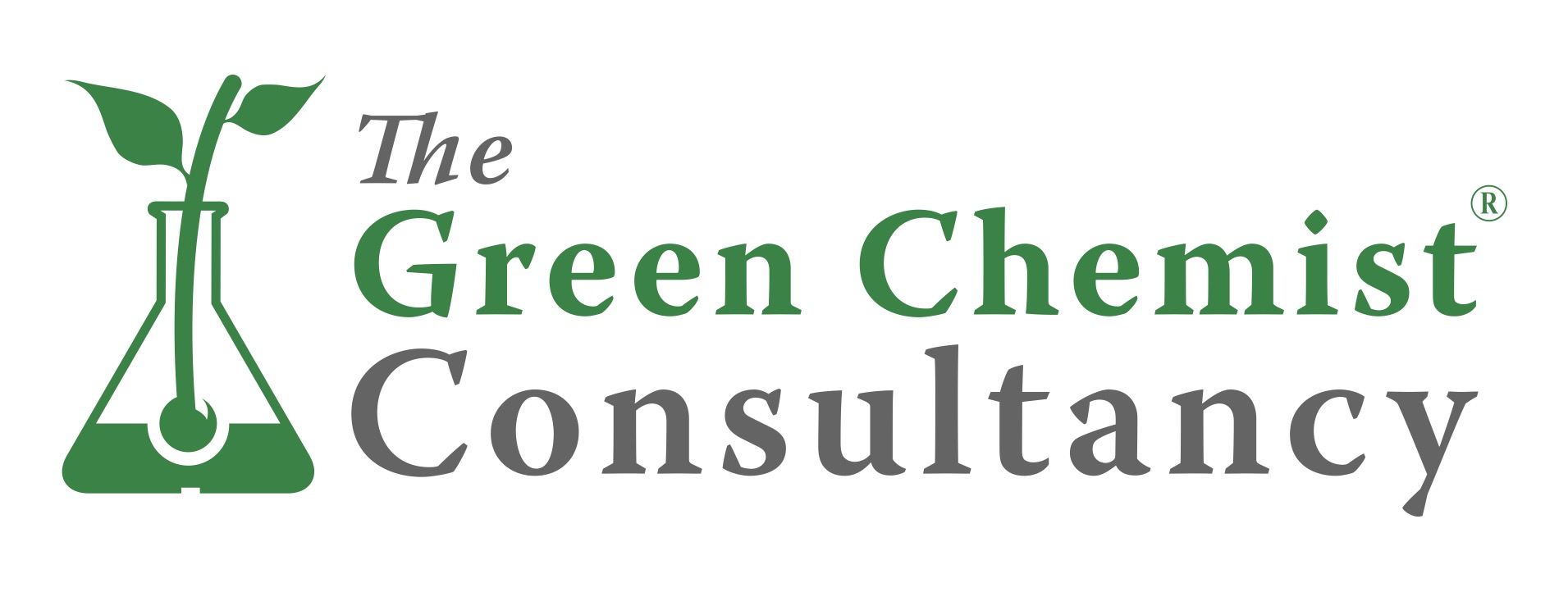
The sun is finally out again, I can feel my endorphines levels shooting up…
My chemist side starts to think how I can enjoy the sun exposure with the benefits of vitamin D and feel good endorphines production, without the costs of UV damage, sunburn and age spots.
I see two choices:
–manage the time of daily sun exposure, which has to be brief (5-10 minutes) ideally at mid day when the UV can stimulate the maximum production of vitamin D
–wear a sun protection cream.
The first option is not very practical… The second one is easier and flexible in principle however if I had to formulate a suncare cream today I must confess I would struggle to find a sun filter I m 100% happy with. In fact nano tianium dioxide, a very popular sunfilter which has been the centre of many debates in the last few years, has been declared safe to use in cosmetic products, thanks to the Alumina coating that is meant to prevent free radicals formation and further DNA damage. However the nano titanium dioxide opinion of the Scientific Committee on Consumer Safety says:
“Although a few studies showing coating stability have been provided, it is important to know whether this, for example, could lead to the release of aluminium ions from alumina that may be present after the coating process and which may dissolve in the final formulation. Thus, where appropriate, safety of the coating materials should also be considered in their own right because a significant dissolution of a coating component, such as alumina, may require a separate safety assessment.”
As you can see it is quite complex matter and further exploration needs to be done to understand more about what happens to the coating once in the finished product.
This matter has created a need for further research which has been answered by Harvard School of Public Health in Boston. They have an interesting solution for safer sunscreens in sun care based on coating nano titanium with silica instead on Alumina. Silica is a much greener material and therefore this study opens the door to new cosmetic ingredients development. You can read the article on Chemistry World .


